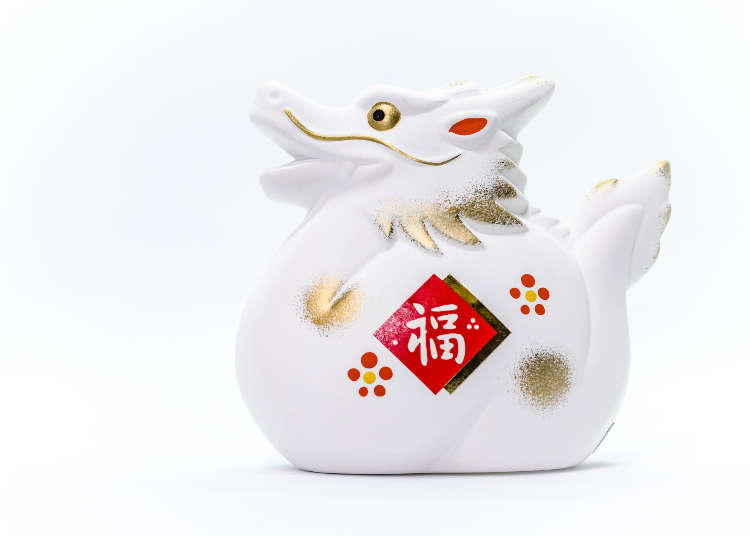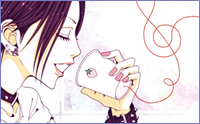Hatsumode
Hatsumode refers to the year's first visit to a temple or shrine. Many families have an annual ritual of making such a visit as soon as the New Year begins.
In the past, everyone would make their hatsumode visits to small temples or shrines near their house. It later become popular to visit well-known places. As more and more people began visiting the same places, huge crowds became a common feature of the New Year period.
On New Year's Eve some people leave their houses and wait for the upcoming year to arrive at a temple or shrine. They listen to the local joyanokane bell, which temples ring 108 times to herald the change of year. Once the clock strikes midnight, people throw coins into a box for offerings placed before the altar, pray for a happy and healthy New Year, and then buy good luck charms like omamori amulets and hamaya arrows. Some temples and shrines even provide free festive drinks like sweet rice wine or sacred omiki rice wine.
Amid these large crowds, police officers work diligently to maintain safety and order. Japan is known for being a safe country, and this reputation is symbolized by the numerous police boxes that can be found in every city and town across Japan, working hard to keep their local areas safe and sound.
Nengajo
First people write nengajo (New Year's cards) and put them in the mail. The cards need to be sent out early to make sure that they arrive at their destinations on New Year's Day. Some people still decorate their nengajo by hand or with a wood-block print known as a hanga, but nowadays many use computers to help them make their cards more efficiently, such as by printing out cards featuring family photographs from the year gone by. It takes a great deal of time and effort to write addresses on the cards if you have a lot of people to send them to, so printing the addresses using a PC is another popular timesaver.
Kadomatsu
Next is a thorough cleaning of the house that removes all the dirt from the outgoing year. The family comes together and cleans every inch of the house, including nooks and crannies that they wouldn't normally clean. Once the house is spick-and-span, they put up seasonal decorations around the house, including at the entrance and in a household shrine known as a kamidana. Decorations include shimekazari (straw rope) and kadomatsu (displays made from pine branches and bamboo).
Osechi-ryori
Another important task is to prepare traditional New Year's cuisine known as osechi-ryori. This is made using ingredients that can last several days, so as to reduce the need for housework on New Year's Day. The tradition of osechi-ryori is also related to the concept of monoimi, which, among other things, advocates avoiding the use of fire. The food is served in a layered box that symbolizes good fortune and happiness being stacked on top of one another. Traditional osechi-ryori foods vary from region to region and family to family.
Thanks for reading everyone hope you have a fabulous 2024! |


